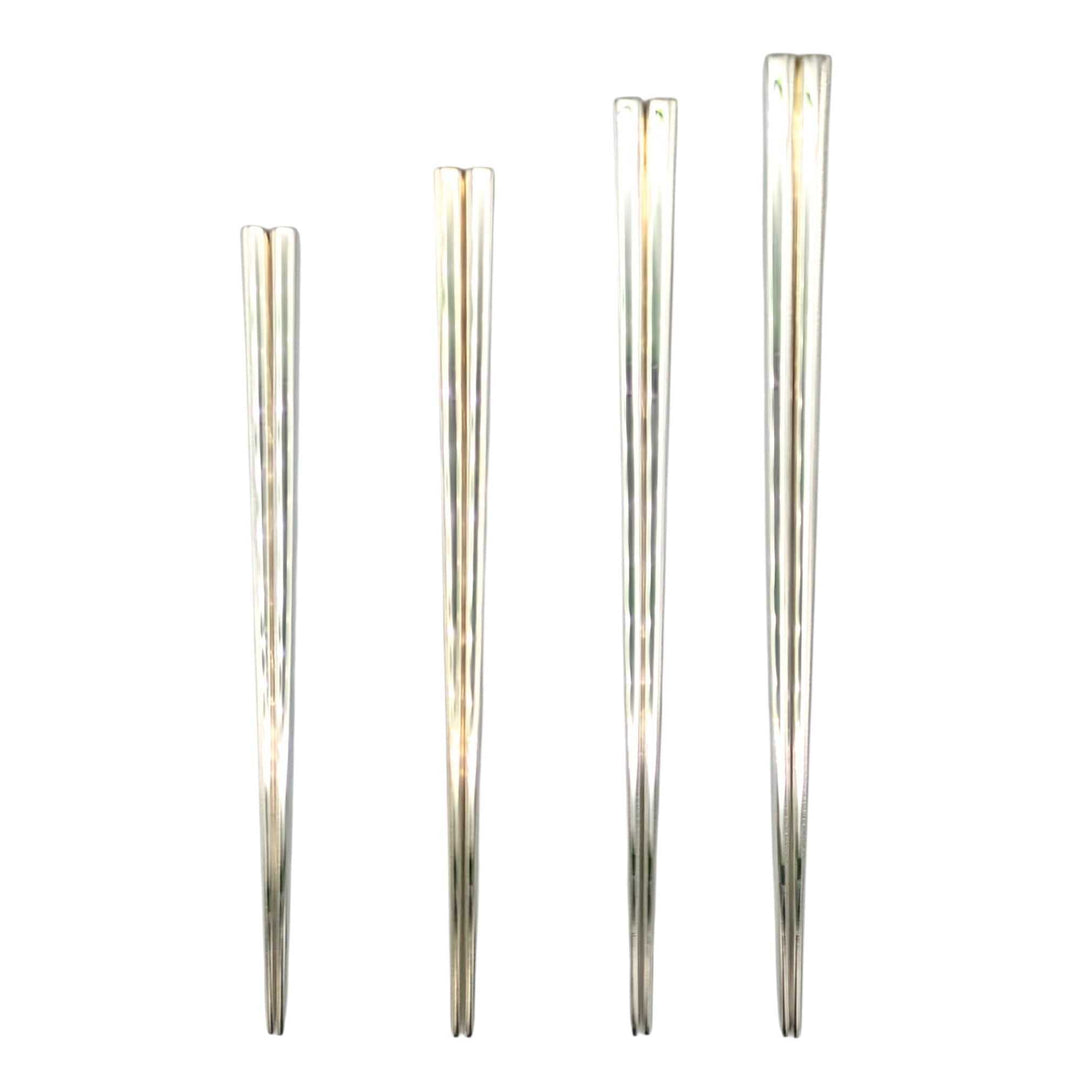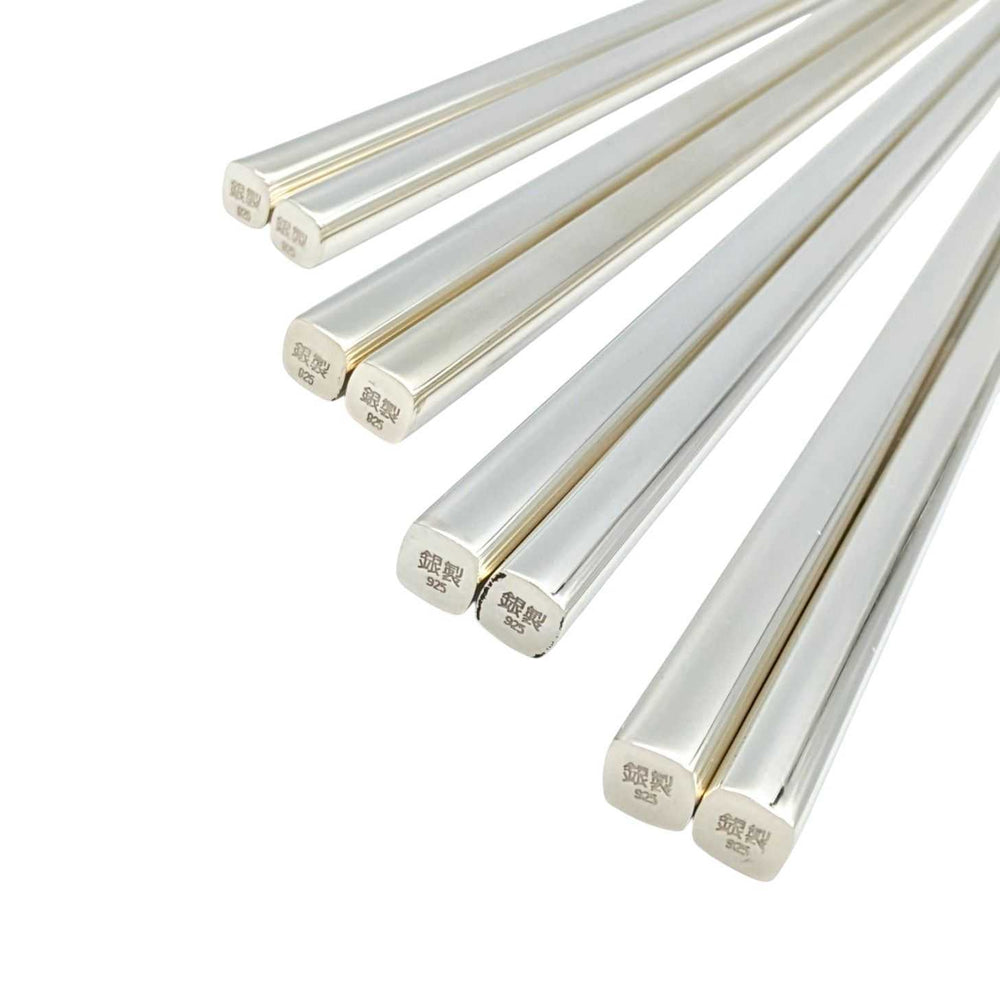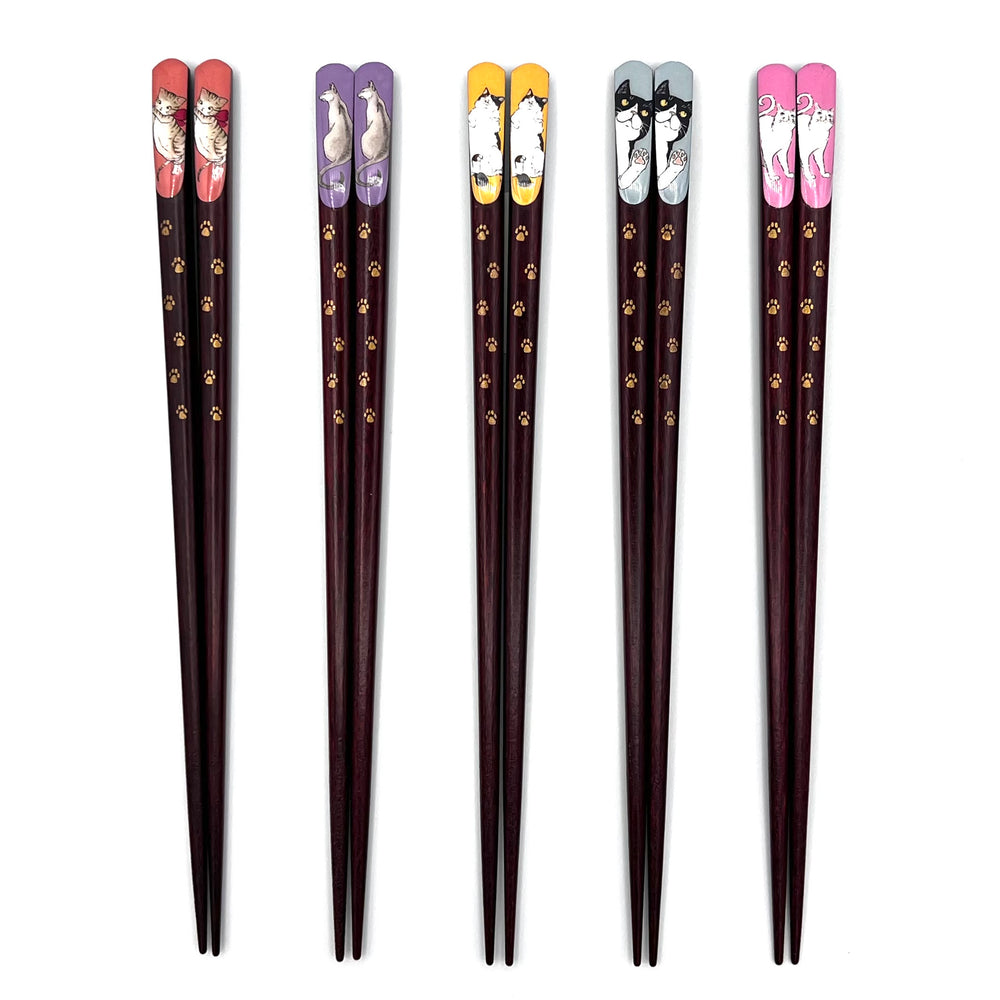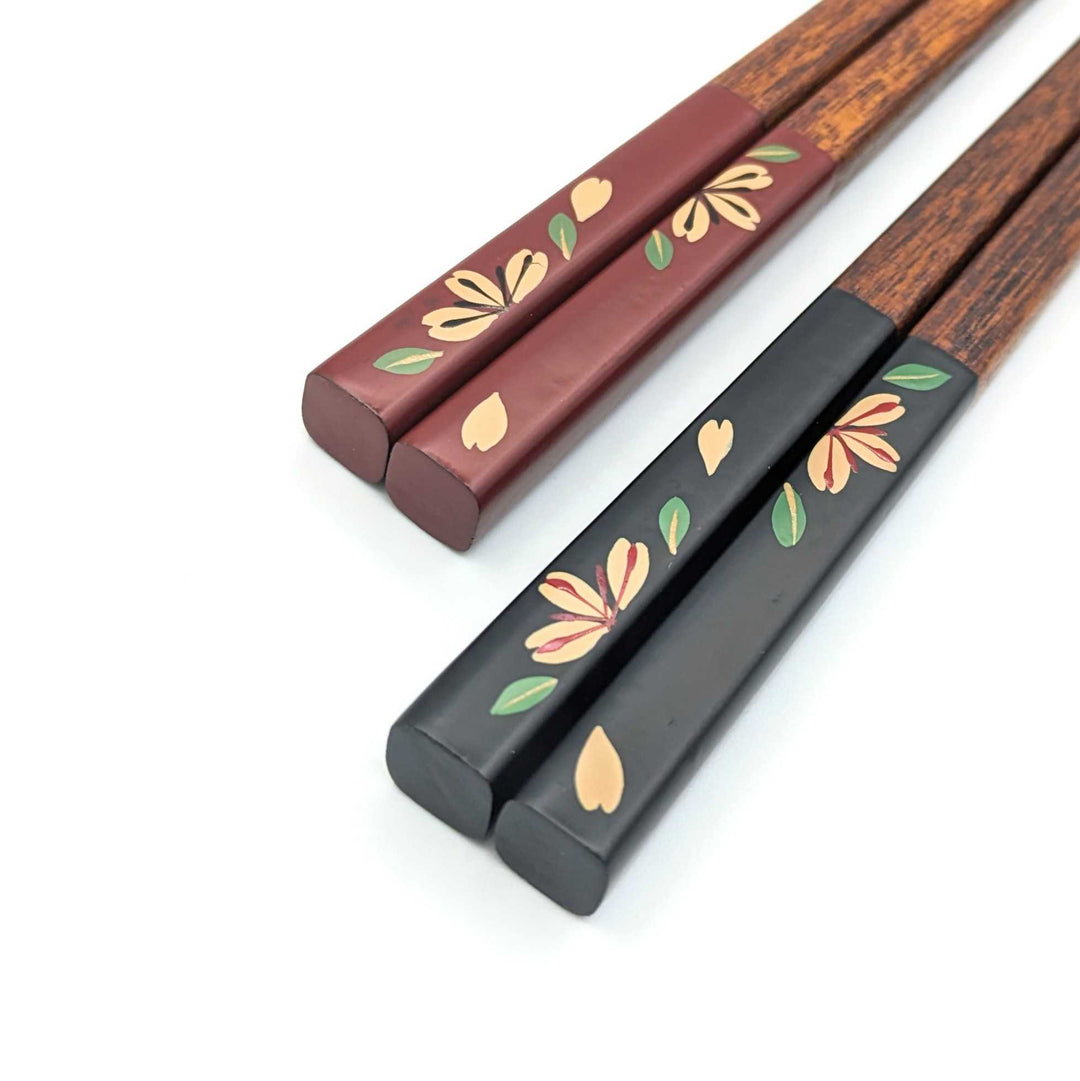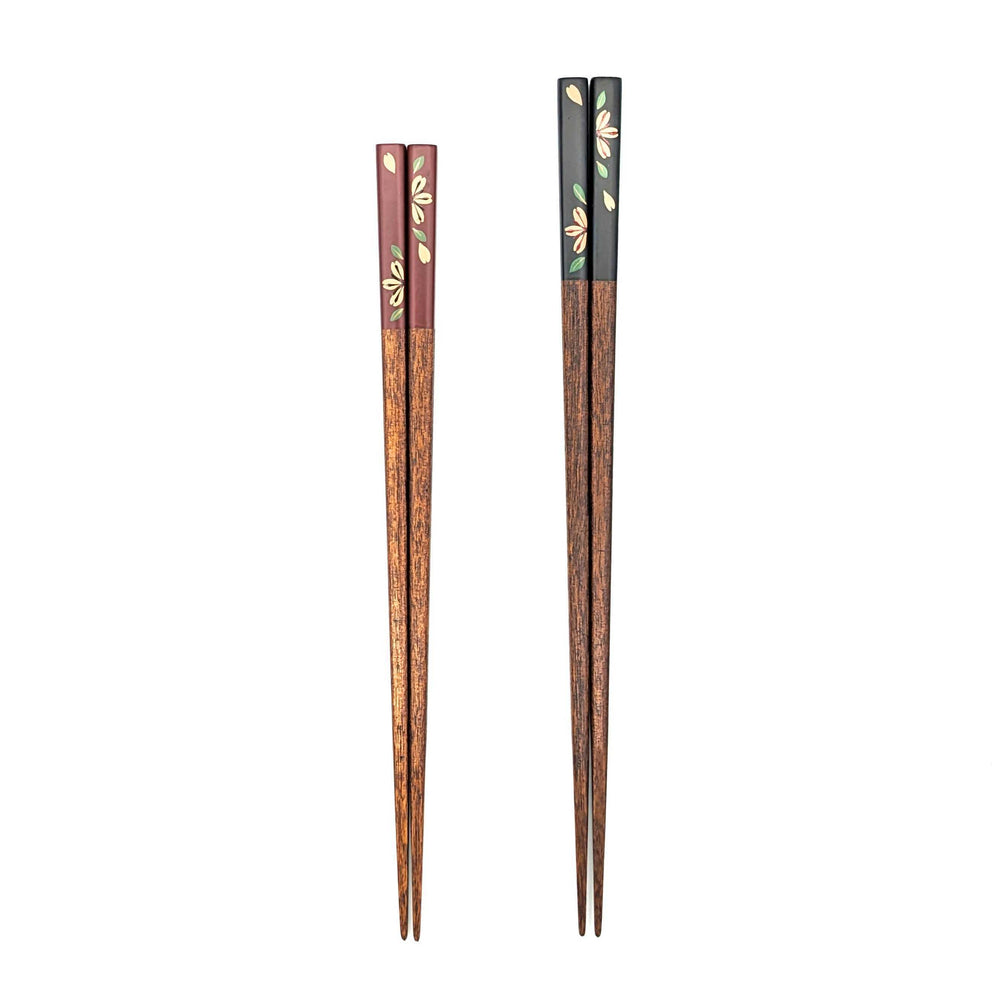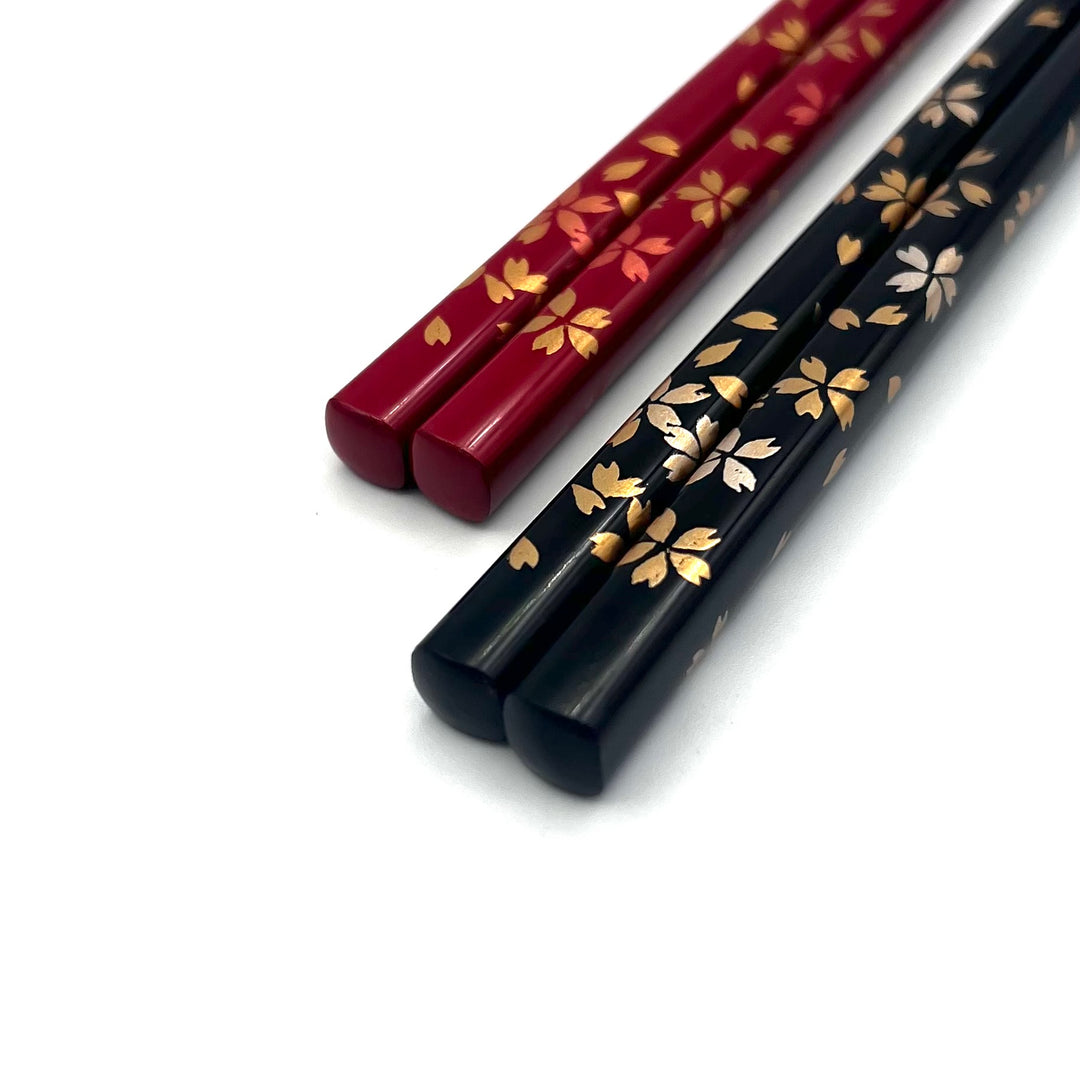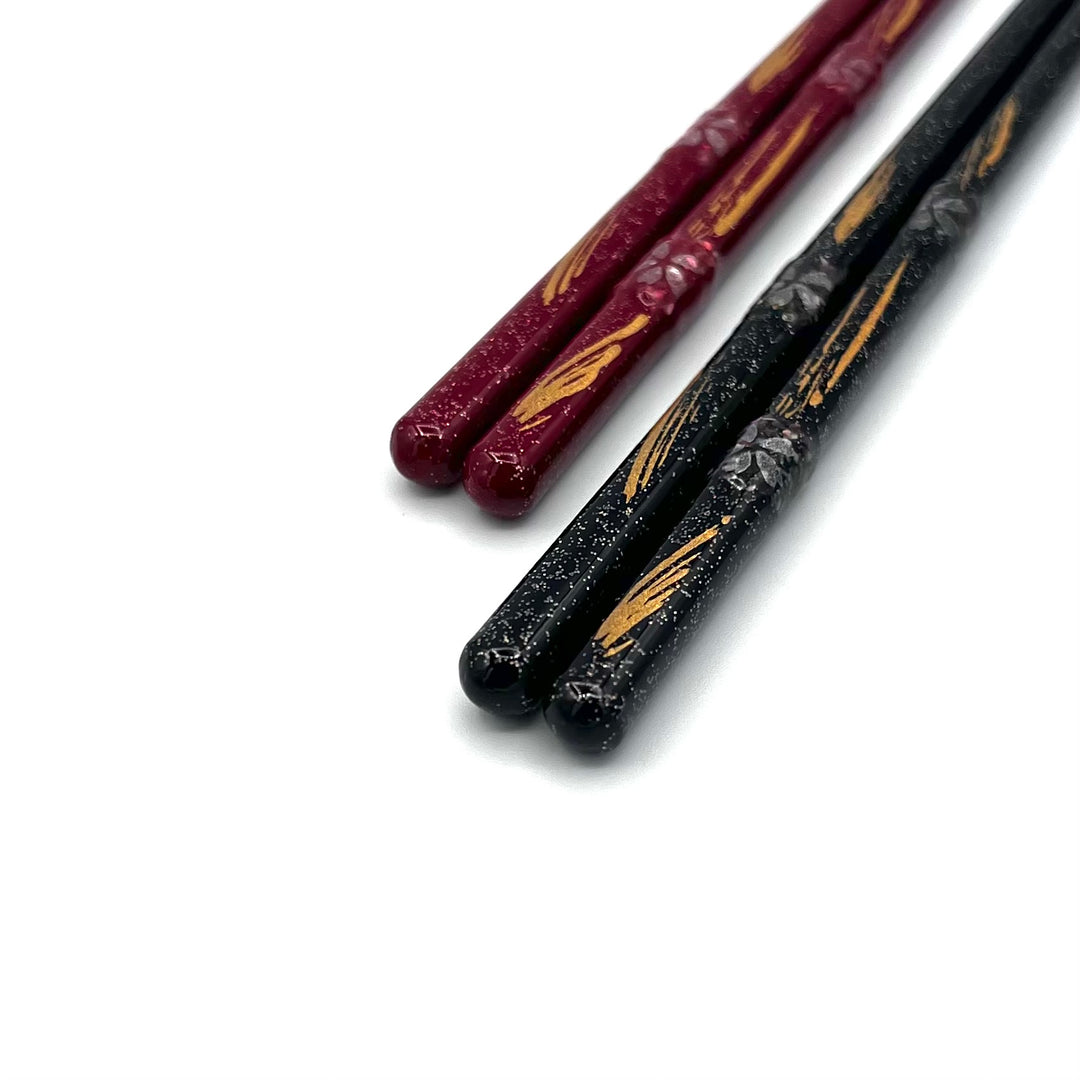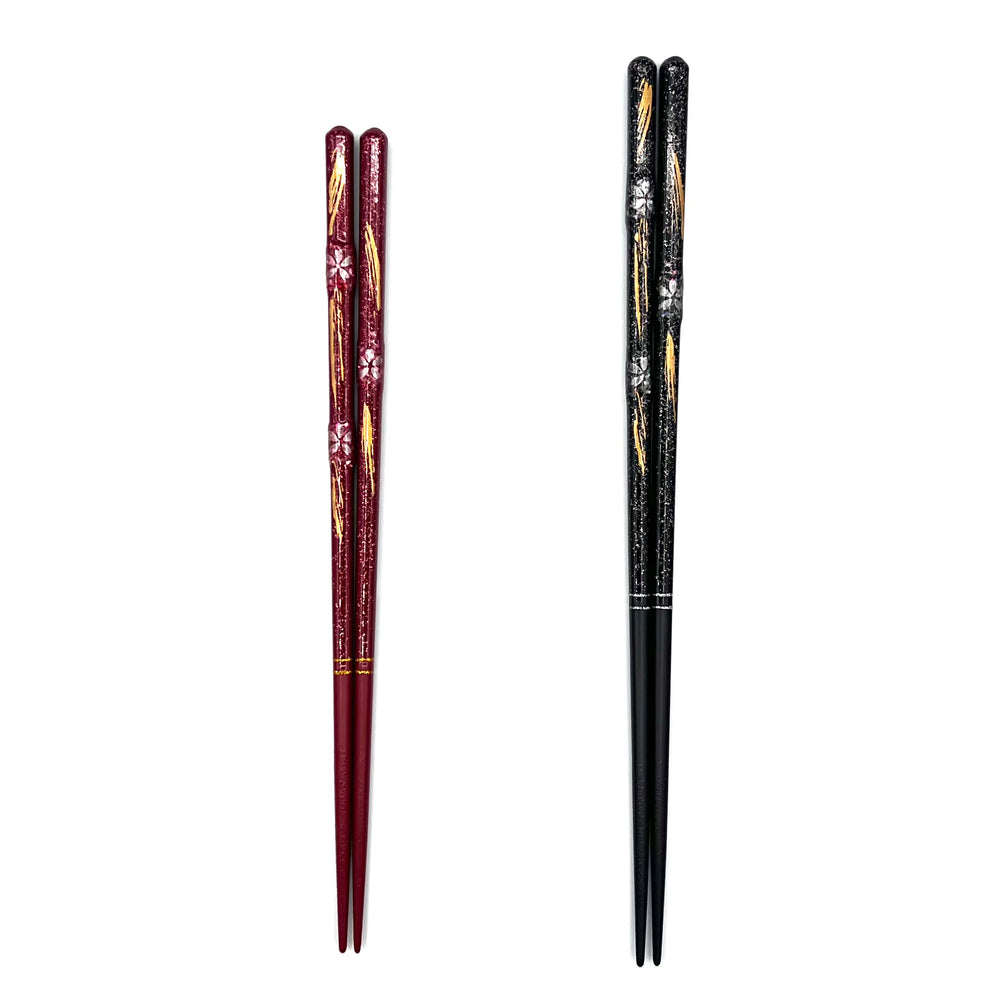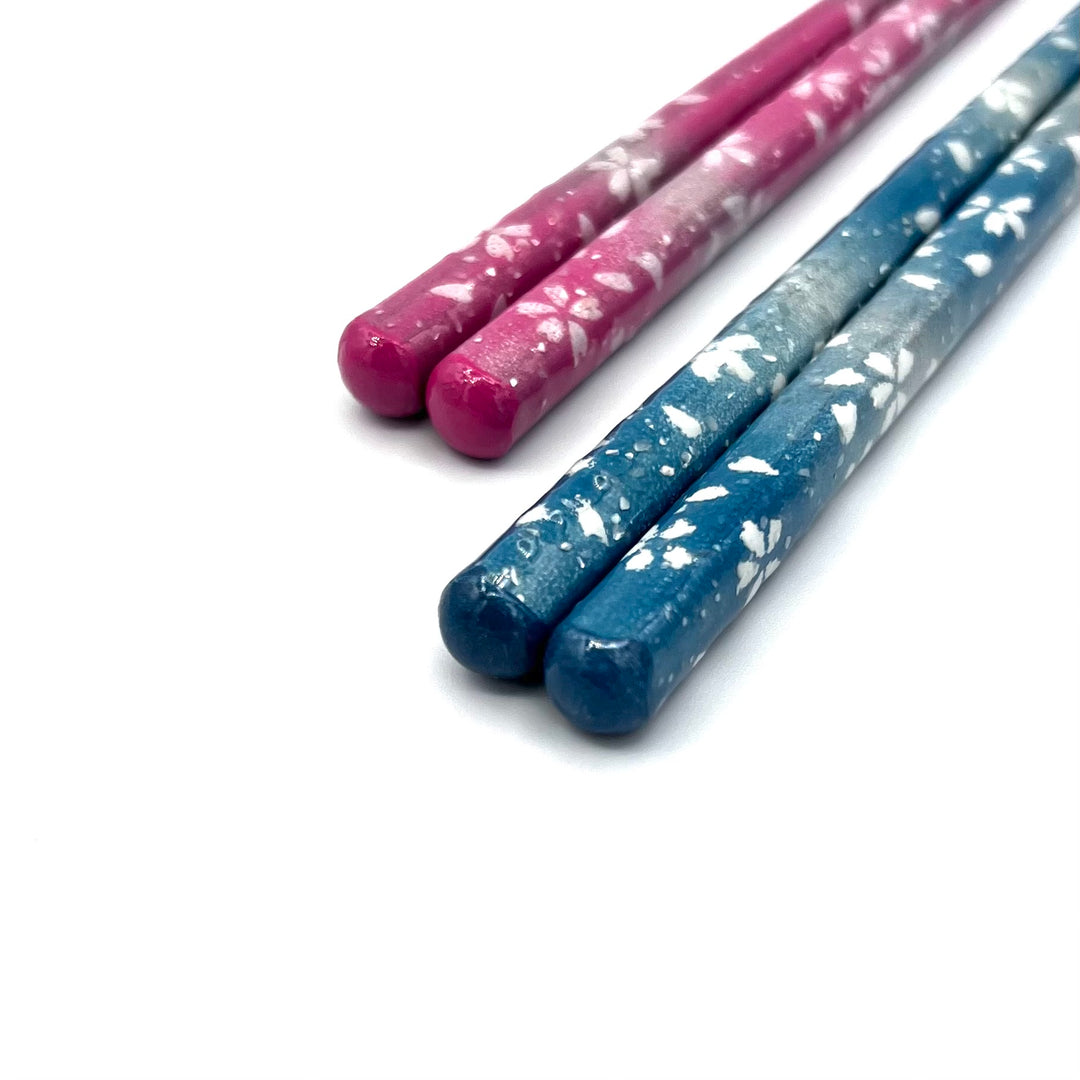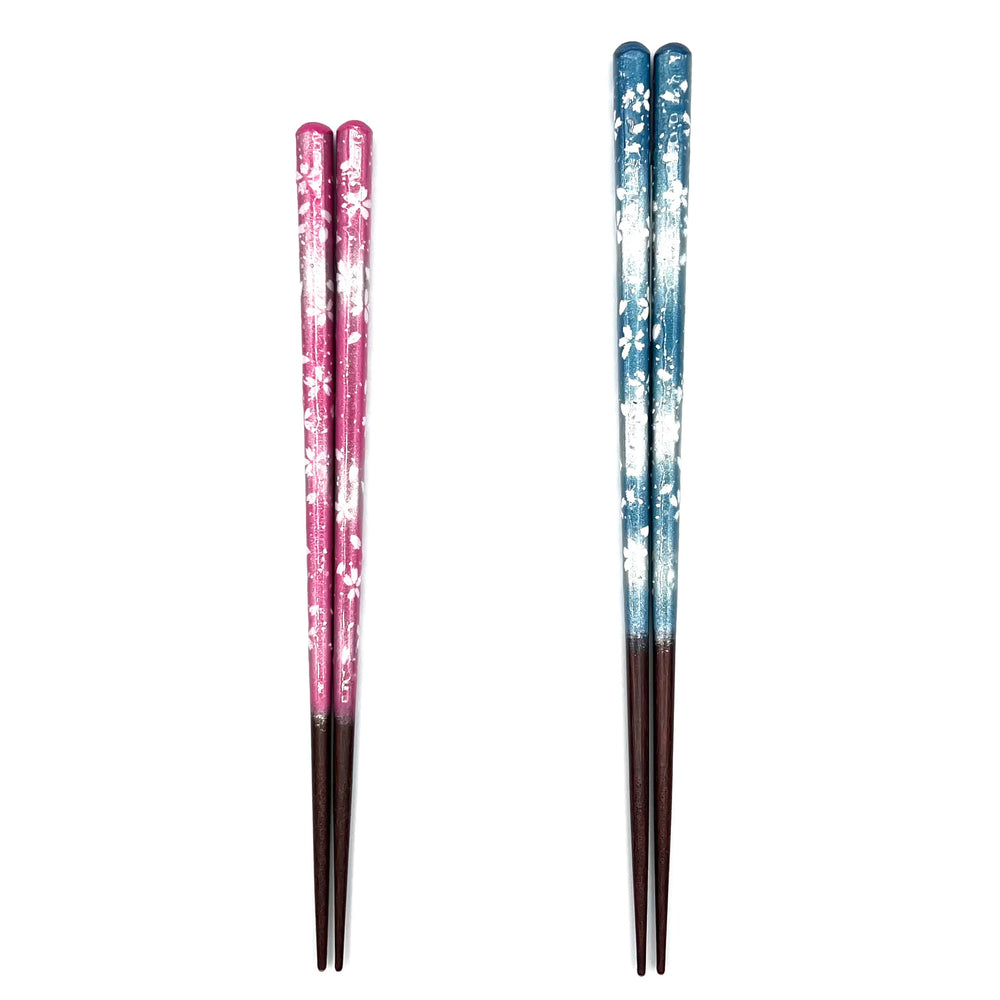How Are Authentic Japanese Chopsticks Unique? Cultural Guide
Are you searching for authentic Japanese chopsticks—pieces that go beyond everyday utensils and reflect Japan's refined aesthetics and master craftsmanship?
Although chopsticks originated in China, the style used in Japan today has evolved over centuries, shaped by Japan's unique food culture and appreciation for delicate, intentional design.
In this guide, we explore the differences between Japanese, Chinese, and Korean chopsticks; the history of lacquer (urushi), which defines Japan's finest tableware; and the exceptional craftsmanship of high-quality Japanese chopsticks. With this knowledge, you will gain the confidence to choose a pair rooted in true cultural and artistic tradition—a lifelong set that reflects your personal taste.

Chopstick Designs: Cultural Differences in Japan, China, and Korea
Many readers wonder: Where did chopsticks originate? Why are Japanese chopsticks shorter? In this section, we answer these essential questions from a specialist's perspective. Japanese chopsticks are distinguished by their length, shape, and tapered tips—features deeply connected to Japan's subtle, precise dining culture.
From China to Japan: How "Ohashi" Evolved Independently
Chopsticks are believed to have originated in China roughly 5,000 years ago. They were introduced to Japan around the 6th century, where they gradually transformed within Japan's own cultural and culinary context. Today, they are known simply as "hashi" or, more commonly, the more polite "ohashi".
Why Japanese Chopsticks Are Shorter With Finer, Tapered Tips

Japanese chopsticks are uniquely designed to support Japan's food culture.
- Typical Length: About 9 inches (22.8 cm), shorter than those used in China.
- Shape: Gracefully tapered from the handle to slender, pointed tips.
This design is optimized for Japanese dining habits—holding rice bowls and small dishes close to the mouth, separating delicate fish with precision, and picking up individual grains of rice. The fine tip allows for refined movements that suit Japan's subtle culinary techniques.
How Chinese and Korean Chopsticks Differ
- Chinese Chopsticks: Longer (about 10.5 inches / 26.7 cm) and thicker, designed for reaching into shared dishes placed at the center of the table.
- Korean Chopsticks: Typically metal, with flat, rectangular profiles. Their medium length and unique shape are characteristic of Korean table culture and royal dining traditions.
The Artistry That Elevates Chopsticks: Japan's Lacquer (Urushi)

The beauty of Japanese chopsticks lies not only in their functional form but also in their exquisite finish. For centuries, lacquer artistry has transformed chopsticks from everyday tools into objects of aesthetic and cultural value.
Lacquer's History and Safety: A Tradition Dating Back to the Jōmon Period
Lacquer is a 100% natural resin harvested from the lacquer tree, native to parts of Asia. When refined, it becomes a durable, food-safe coating that has been used in Japan for thousands of years.
Japanese lacquer culture dates back to the Jōmon period (from about 10,500 BCE to 300 BCE). Over centuries, techniques were refined, producing lacquerware that is both functional and visually striking. By the Kamakura period, lacquer objects had evolved into highly decorative works of art featuring gold, pigments, and intricate motifs.
For a deeper look into Japanese lacquer traditions, see the article below:
Read: The Story of Urushi
Regional Craftsmanship and the Diversity of Lacquer Art
As lacquer craftsmanship spread, each region of Japan developed its own specialty—woodturning, decorative metalwork such as makie, and advanced polishing techniques.
Example: Wakasa Lacquerware (Fukui Prefecture)
Wakasa lacquerware combines layers of lacquer with decorative inlays such as abalone shell, creating rich textures and deep, luminous finishes. This technique elevates chopsticks into true works of art.
Check out this representative piece here:
 |
Explore Wakasa Lacquerware Chopsticks - Crescent Moon Sakura Design (Engravable) |
An Unrivaled Collection: Over 3,000 Varieties
If you are looking for an authentic pair that embodies the tradition and craftsmanship of Japanese chopsticks, you must visit Ginza Natsuno. We are renowned as the specialty store with an astonishing selection of over 3,000 types of chopsticks, all backed by proven artisan skill.
Our collection includes lacquerware, natural wood, bamboo, and metal chopsticks, ranging from simple, high-quality everyday pieces to ornate designs with mother-of-pearl (zōgan) inlays. We also carry rare works by individual craftspeople, created with specialized traditional techniques.
Featured Masterpiece Collections
1. Wajima Lacquer Chopsticks
Wajima lacquerware is known for elegant makie (gold decoration), chinkin (engraving with gold inlay), and remarkable durability. These chopsticks are crafted from local Noto cypress and lacquer blended with mineral powders, resulting in a lightweight, beautifully smooth finish.
 |
Wajima Lacquerware Chopsticks - Maki-e Sakura Blizzard Motifs |
2. Tsugaru Lacquer Chopsticks
Tsugaru lacquer features layered patterns such as nurikomi and nanako, combined with elegant motifs like vines or arabesques. This sophisticated technique requires exceptional skill, and only a limited number of artisans can produce such pieces today.
 |
Tsugaru Lacquer Chopsticks - Nishiki-nuri(Engravable) |
We also offer name engraving on select collections, making these chopsticks treasured gifts or meaningful keepsakes.
Shop by Pattern
Shop by Material
Bring Japanese Tradition to Your Table: Find a Pair That Speaks to You
Japanese chopsticks embody centuries of culture and craftsmanship. At our Ginza flagship store, our specialists can help you explore more than 3,000 designs to find a pair perfectly suited to your style and lifestyle.
Discover a set that carries the beauty of Japanese tradition—and bring that artistry to your dining table.


